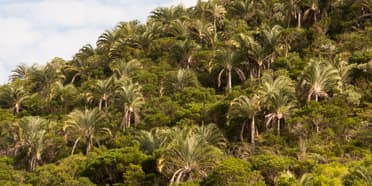- You are here:
- Home
- Countries & Parks
- Madagascar Parks
- Andohahela National Park
- Malaria & Safety
Malaria & Safety – Andohahela NP

Philip is a renowned Africa expert and author of many guidebooks to African destinations, including the Insight guide to Madagascar.
Philip is a renowned Africa expert and author of the Insight Guide to Madagascar.
Philip is the author of the Insight Guide to Madagascar.
Safety
Most parks in Madagascar are safe destinations in our opinion. Andohahela National Park is safe to visit on an organized tour and your guide will look out for you at all times. If you are visiting the park independently, be sure to get current information before heading out. When visiting towns between parks, normal safety precautions should be followed. Read ‘Cities & Urban Areas: Safety Precautions’ below for more information.
Check the government travel advisories (see the ‘Governments’ Travel Advice for Madagascar’ link below) for current information about traveling to Andohahela and around Madagascar in general.
- General Travel Safety Precautions
- Cities & Urban Areas: Safety Precautions
- Safety & Security – Madagascar
- Governments’ Travel Advice for Madagascar
Malaria & Vaccinations
You might need some vaccinations before traveling to Madagascar. Consult with your doctor or visit a travel clinic. Malaria is present throughout Madagascar and the risk is highest in the Wet season (November to March). Precautions include taking antimalarials, using mosquito repellent containing DEET and covering up in the evening.
Wildlife Viewing
There are no dangerous large mammals in Madagascar. Malagasy snakes are all non-venomous, but some spiders and scorpions are not. However, bites are very rare. Many visitors will come into contact with leeches. In Andohahela they are only found in the less visited rainforest section of the park. Although a nuisance, they are harmless. Wearing closed shoes, putting trousers into your socks and using insect repellent will help to keep them off you.
For more information, please read the ‘Wildlife Viewing Safety Precautions’ below.


 Madagascar Parks
Madagascar Parks